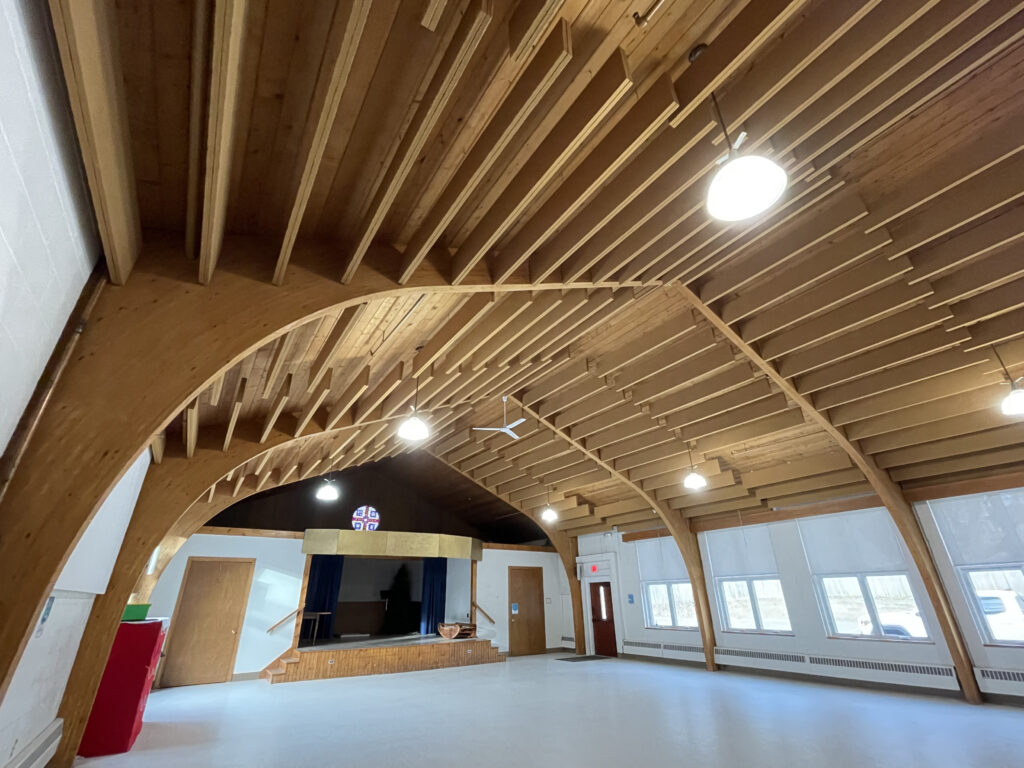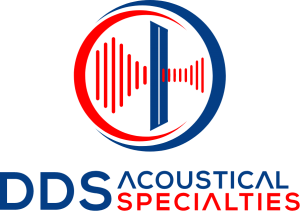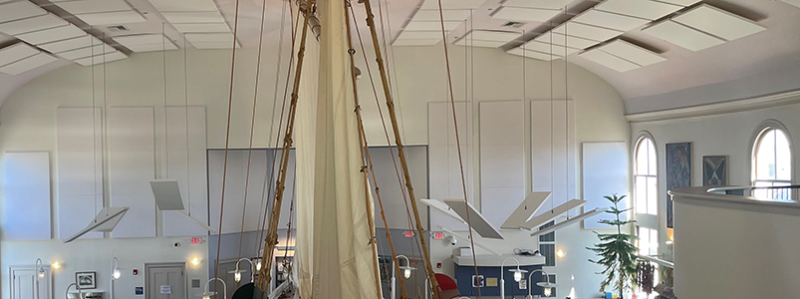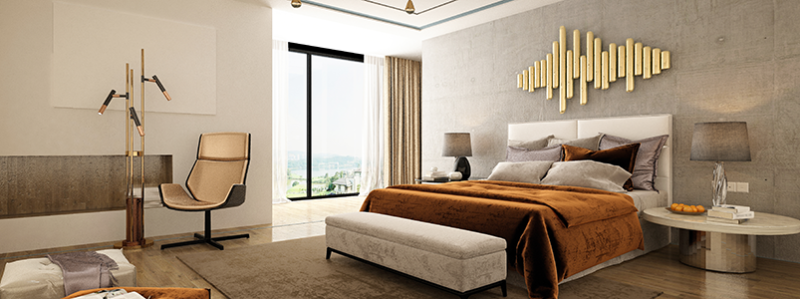
Differences Between STC and NRC Ratings
When we are approached to solve noise problems, part of our job is to educate our customers about acoustics. One of the first things we talk about are the differences between STC and NRC ratings and what each of them means within a particular application.
Knowing what materials to use to achieve a desired result is what we do best. In this article, we will discuss the basics of STC vs. NRC and address the following points:
- The basics of STC and NRC
- Types of materials for which you will find STC and NRC ratings
- When materials with STC and NRC should be used
What is a STC Rating?
STC stands for Sound Transmission Class. It is a measurement of how well a material or partition block sounds. STC is a single-number rating where a higher number indicates more effective sound insulation than a lower number.
Where is STC Used?
STC is used in all kinds of applications, including industrial, construction, architectural, and even residential. Anywhere there is a need for reduced noise transmission, such as with public ordinances, occupational safety, multi-family housing, or privacy, STC comes into play.
What factors affect STC?
There are a number of factors that can either improve or reduce the STC rating of a barrier. It is important to keep them in mind for optimal results.
Mass
More mass means more STC. However, doubling the mass of a barrier does not double the STC, as STC is calculated from a non-linear equation. Adding layers of material at different thicknesses also provides a favorable increase in STC as opposed to adding layers of material of the same thickness (this is how many windows with high STC are made).
Stiffness/Framing Methods
Decoupling barriers from the framing can result in a significant increase in STC. Examples of structural decoupling are resilient channels, sound isolation clips and staggered- or double-stud framing. Single metal stud partitions are more effective than wood stud partitions. However, there is minor difference between metal and wood studs when used in double stud partitions.
Air Gaps
Sound leakage due to air gaps can result in a drastic decrease in STC and should be sealed whenever possible. A 5% opening in a partition with a 40dB (theoretical) transmission loss causes it to now only have a 13dB transmission loss.
Acoustic Medium
Sound travels through both the air and structure, and both paths must be considered when designing sound-isolating walls and ceilings. To eliminate airborne sound, all air paths between the areas must be eliminated. Making seams airtight and sealing all sound leaks help achieve this. To eliminate structure-borne noise one must create isolation systems that reduce mechanical connections between those structures.
What is a NRC Rating?
NRC stands for Noise Reduction Coefficient. It is a measurement of how well a material absorbs sound. NRC ratings generally range from 0 to 1. An NRC of 0 means that a material absorbs no sound. An NRC of 1 means that a material absorbs all sound. Popular opinion is that the NRC is thought of as a percentage of absorption per square foot.
However, certain products are published having a NRC rating of over 1. How can something absorb more than 100% of sound? This is due to how NRC is calculated and its relationship with another acoustic unit, “Sabins”. A sabin is a unit referring to the quantity of absorption. When the sabin was created it was declared that the best absorber at the time was NRC 1.00.
As time passed more efficient absorption material was created. Therefore, we find NRC number greater than 1.00.
Where is NRC used?
NRC is typically used in applications where there is a need to reduce echo and reverberation. These problems are caused by lack of acoustic absorption. Places such as bars/restaurants, offices, churches, schools, libraries, and other architectural settings could benefit from acoustic materials with high NRC ratings.
Materials with STC Ratings
Materials with published STC ratings include mass loaded vinyl (MLV) noise barriers, metal barrier walls, doors, and windows. Anything that is used as a partition between spaces has an STC rating.

Materials with NRC Ratings
Materials with published NRC ratings include acoustic wall and ceiling panels, baffles, clouds, and sound curtains. These products can be made of foam, fiberglass, PET, or acoustic wood. All of which have varying NRC ratings and some are more efficient than others.

Conclusion
In conclusion, the difference between STC and NRC is that STC is how well and material blocks sound transmission. NRC is how well a material absorbs sounds. Both are used for specific acoustic applications but can often be combined to create an excellent acoustic environment.
-
April 11, 2024
Acoustic Improvements at Provincetown Public Library
-
November 16, 2023
How to Soundproof a Room
-
September 26, 2023
Quieting the Racket: Understanding Pickleball Noise and Effective Solutions




